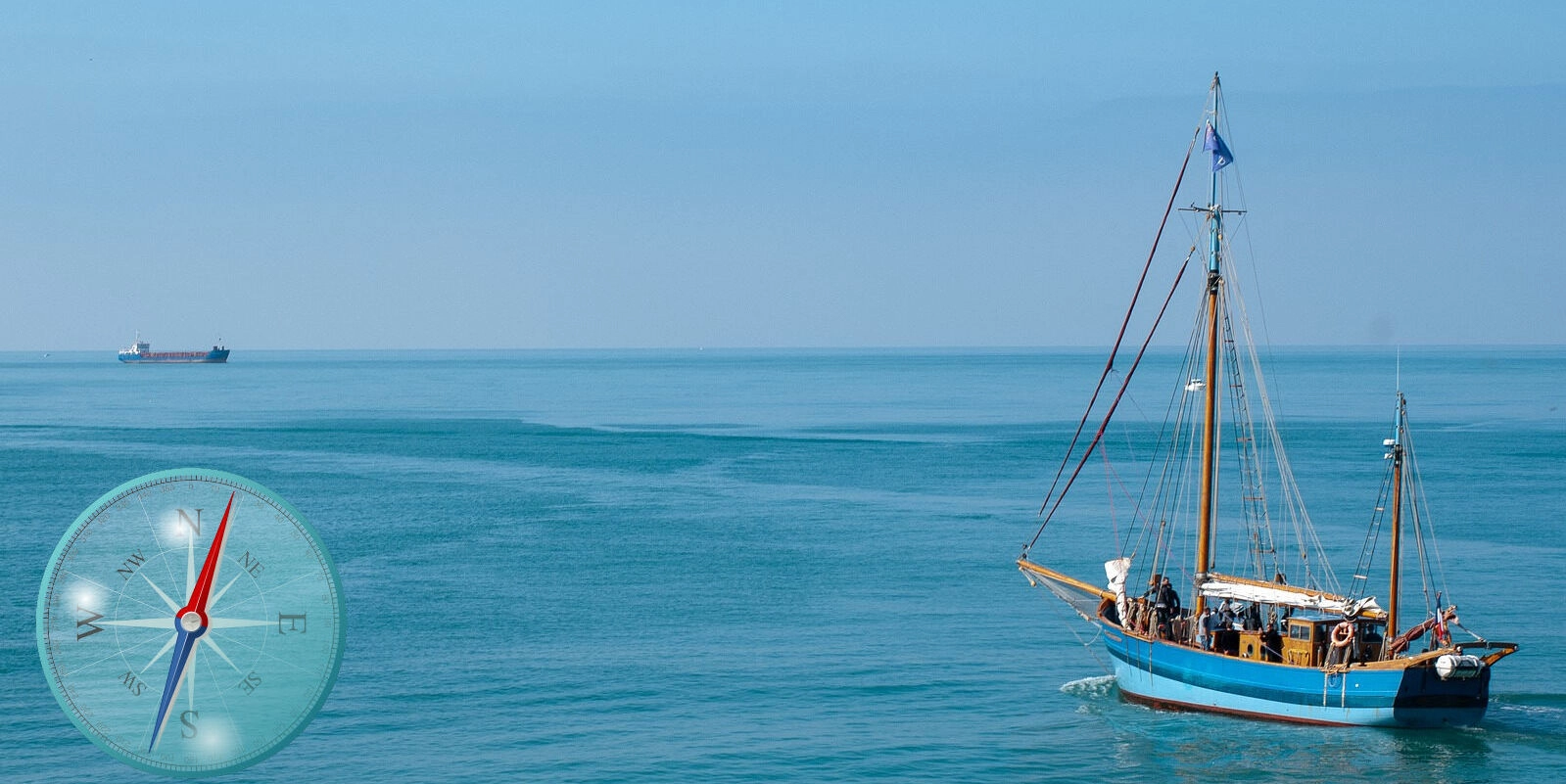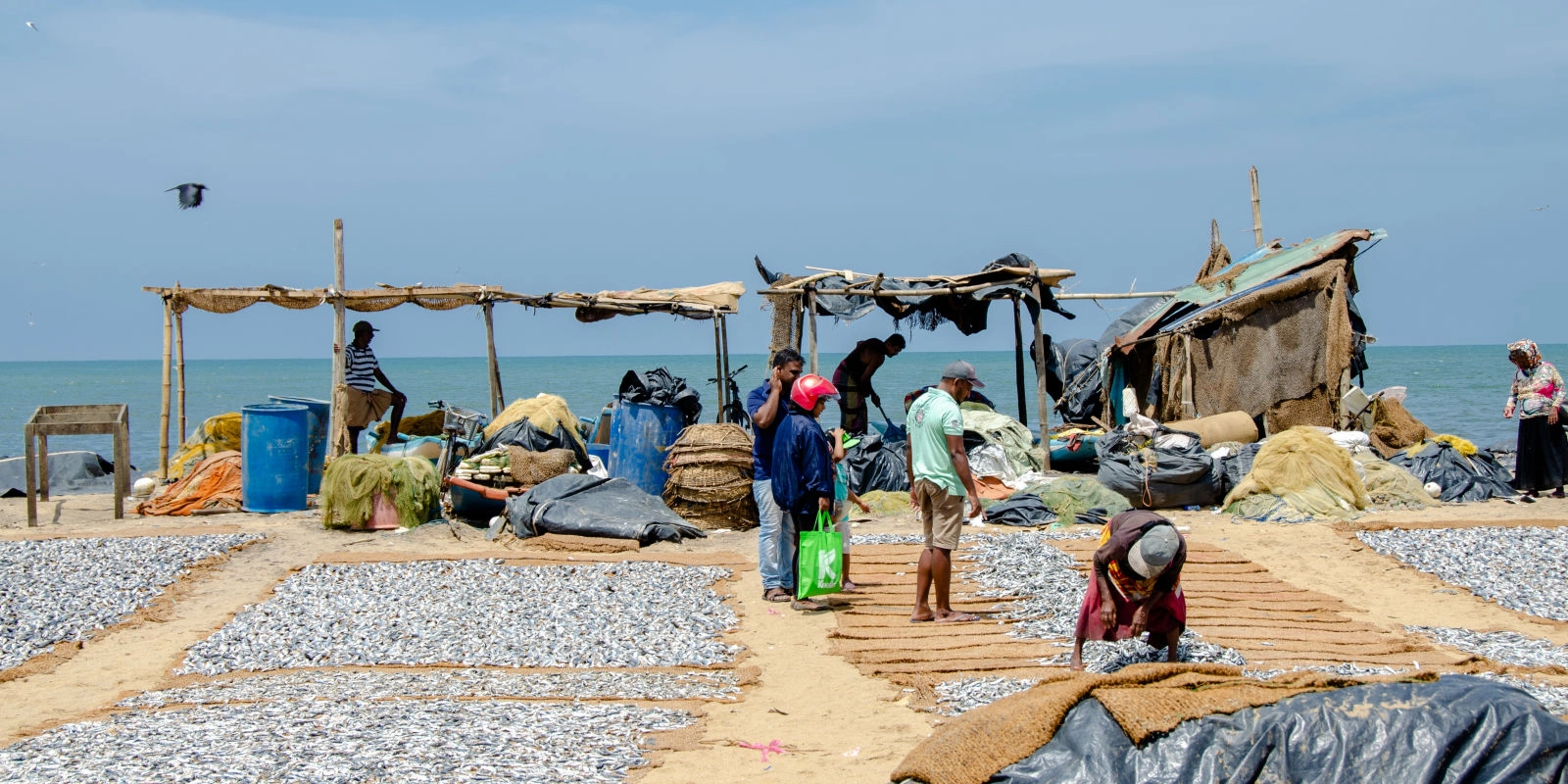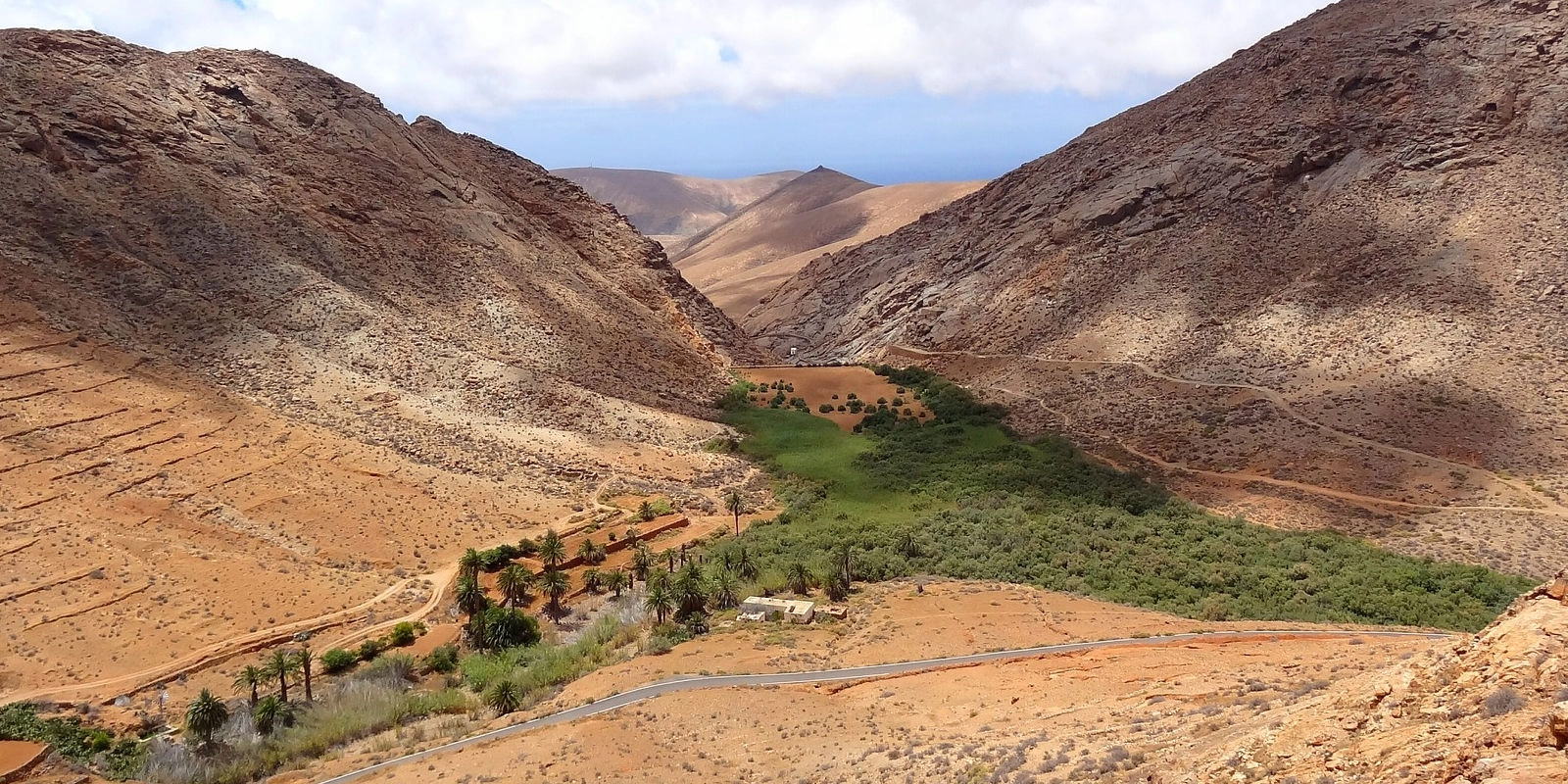Author(s)
Amato, Federico;Guignard, Fabian;Walch, Alina
Book, Journal
NA NA, NA, NA 2021-03-03
Abstract
Wind energy is a promising renewable resource to contribute to the energy transition in many parts of the world.In contrast to solar power, it is available at any time of the day; however, it is highly variable and complex to model. This poses challenges for the planning of future energy systems with high shares of wind power. The quantification of the spatial and temporal variation of wind power and the related uncertainty may hence provide valuable information for energy planners and policymakers. Here we propose an estimation of hourly wind energy potential at the Swiss national scale for pixels of 200 x 200 m2. To this aim, this research is structured into two parts. First, ten years of wind speed measurement collected at an hourly frequency on a set of 208 monitoring stations are interpolated using advanced spatio-temporal techniques, allowing the estimation of wind speed at unsampled locations. Second, the resulting wind field is used to estimate hourly wind power potential on a national scale.Because of its turbulent nature and its very high variability, wind speed modelling is a challenging task, especially in complex mountainous regions. To face these challenges, the interpolation task is solved as follows. The wind speed data are decomposed through Empirical Orthogonal Functions (EOFs) in temporal basis and spatially dependent coefficients. Then, the spatial coefficients are interpolated. While any regression model could be used to model these coefficients, Extreme Learning Machine (ELM) - a single layer feed-forward neural network with random input weights was chosen to perform this task, profiting of its high computation speed and of its ability to retrieve reliable and rigorous model uncertainty assessments. Finally, the wind speed time series are reconstructed at any location adopting the interpolated coefficients in the EOFs equation. Uncertainty is quantified by taking advantage of the ELM uncertainty estimates for the spatial coefficients models and of the orthogonality of the basis.In the second part of the research, the modelled spatio-temporal wind field is used to estimate wind power potential, taking into account technical characteristics of horizontal-axis wind turbines as well as national regulatory planning limitations for the installation of power plants. The limitations include restrictions for noise abatement and landscape, natural, ecological and cultural heritage protection plans as provided in the Swiss national wind atlas. The resulting wind power potential represents the first dataset of its type for Switzerland, which may be used to model future energy systems with increased wind power production. Considering the spatial and temporal variability of wind hereby permits to assess the complementarity with other forms of renewables such as photovoltaics, which play a key role in Switzerlands Energy Strategy. References: Amato, Federico, et al. A novel framework for spatio-temporal prediction of environmental data using deep learning. Scientific Reports 10.1 (2020): 1-11.Guignard, Fabian, et al. Uncertainty Quantification in Extreme Learning Machine: Analytical Developments, Variance Estimates and Confidence Intervals. arXiv preprint arXiv:2011.01704 (2020).Walch, Alina, et al. Big Data Mining for the Estimation of Hourly Rooftop Photovoltaic Potential and Its Uncertainty. Applied Energy 262 (2020): 114404.
DOI
http://dx.doi.org/10.5194/egusphere-egu21-4581
NA: Nicht verfügbar












